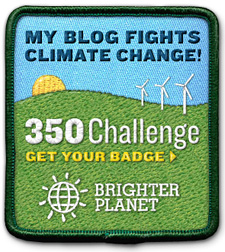The plastics, by their chemical nature, do not biodegrade like other materials. Instead, they will photodegrade (turn into smaller pieces due to the action of sunlight) until they reach tiny sizes. These plastics are then swallowed and digested by all sorts of life forms: fish, sea mammals, birds, etc. As predators eat contaminated preys, they themselves absorb the plastics. And in the end, we humans are also be affected. As you will see in the videos below, there is so much plastic floating around that it exceeds by 6 the quantity of plancton in some areas!
Unfortunately, there is already too much dump to ever completely clean the ocean again. But with a lot of will and time, we can stop the flow of garbages being thrown into the sea. Sadly, this is such a remote area of the world that no politician has the will nor power to take responsibility and initiate a cleaning process of the area. And like The Independent says it well: "Out of sight, out of mind".
Below is a great documentary from VBS that will enlighten you on this sensitive issue. You can skip straight to the 3rd part as it is the most important.
Learn more:
"Oprah Shines Light On Great Pacific Garbage Patch" - Great Video on The Huffington Post - 24/05/2009
Algalita - The Marine Research Foundation
"Plastic Trash in the Ocean as Far as One Can See" - minfully.org - 30/11/2007
Photodegration definition - Wikipedia
"The world's rubbish dump" - The Independant - 05/02/2008





